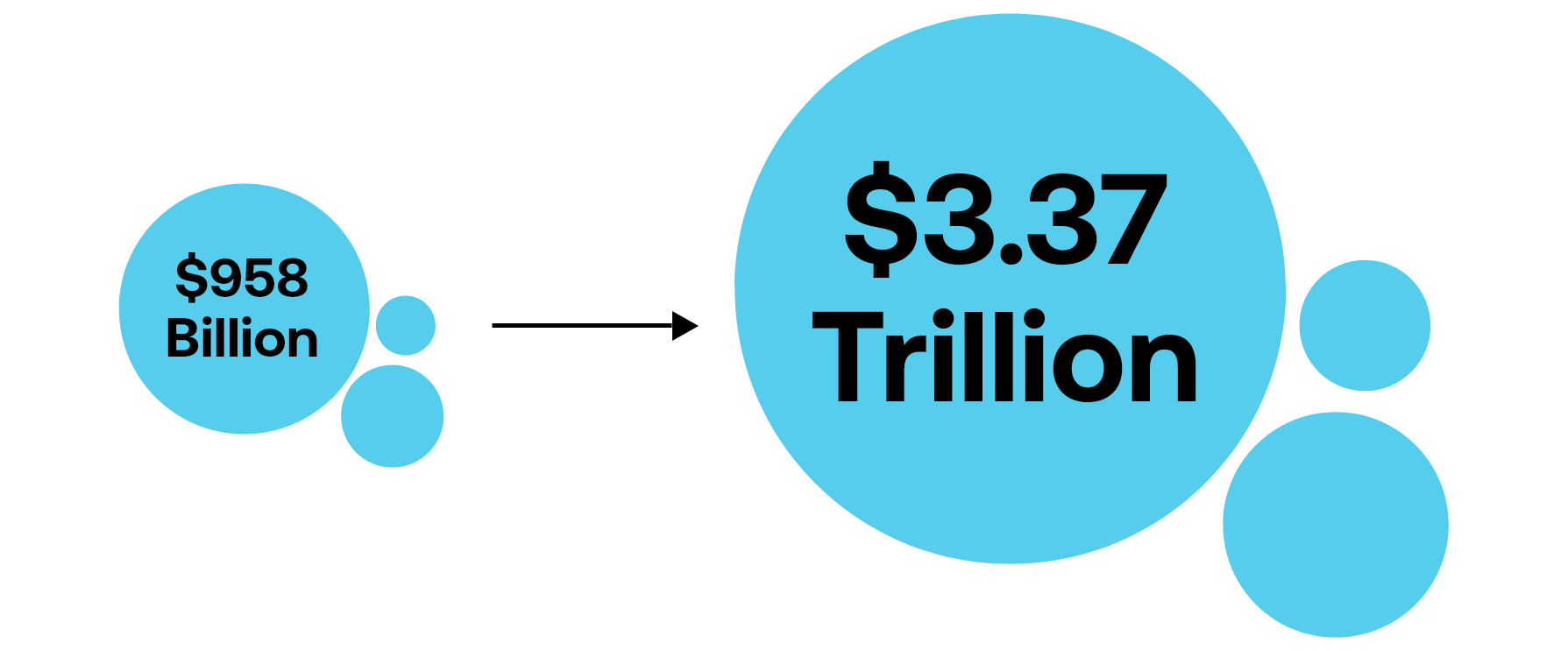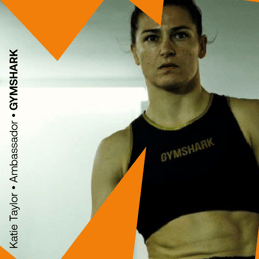Blog
5 Trends Every Brand Builder Needs to Know
It’s no secret that 2023 is going to be a challenging year for many brands – with a recession looming and the worst cost of living crisis for generations, consumer spending habits are changing and brands will undoubtedly be impacted.
But with challenge also comes opportunity. We’ve taken a look at some of the key trends set to influence how D2C businesses operate this year and how brands can take advantage of them to get ahead of the competition, gain market share and reduce their customer acquisition costs. Let’s take a look….
The changing consumer
Before anything else, brands need to understand how and why consumer buying behaviour is changing and what this means for them.
It is a shift that started long before the current economic situation arose because today’s millennial and Gen Z consumers are a much more sceptical bunch than their predecessors. They are increasingly losing trust in many standard marketing practices including paid advertising and influencer promotions and instead, they are looking for more meaning and purpose from the brands they buy from (something that has only been accelerated by both the pandemic and the current economic crisis). It’s no surprise then that EY suggests that purposeful companies outperform the stock market by 42 percent.
As a result, long-term brand and reputation building will be much more important than expensive advertising strategies when it comes to standing out from the competition and driving growth this year.

Margin by which purpose-led brands outperform the stock market
Google vs social search
Not only are consumers looking for more purpose from the brands they buy from, they are also changing the way they search for them. Social media platforms are starting to pose a real threat to the dominance of Google search. (Even Google’s Senior VP admitted as much…you can read more about that here).
According to data from Search Engine Land, 40 percent of Gen Z prefer searching on TikTok or Instagram over Google, Facebook averages over 2 billion searches a day and 83 percent of Instagram users say they use the platform to discover new products and services.
So for brands to succeed in 2023, they’ll need to step up their social media strategy and really start optimising their social profiles for search, not just reach and engagement.

Percentage of users on Instagram that use the platform to find new products and services
The time for social commerce is NOW
And we are not only using social to now search for products and services, we are using it to shop. In a big way. With the social commerce market set to reach $3.37 trillion by 2028, the time for brands to act on social commerce is right now.
Defined as any purchase which is influenced by social whereby the selling is done through people, not owned brand channels, it is the next digital shopping revolution and is transforming the way brands acquire and retain customers. For those that get it right, social commerce has the potential to become a brand’s biggest revenue generator this year.
For more information on how brands can take advantage of social commerce, check out our latest blog on the subject.

Forecasted growth of social commerce sales from 2022 to 2028
Redefining the influencer
The traditional influencer model is flawed. Brands have historically got it wrong by creating a strategy that is built around paying a random person with lots of followers to pretend to like their brand or product. And it doesn’t work (according to data from YouGov, 96 percent of UK adults do not trust these influencers).
But the concept of influencer marketing is a really great one. People buy into people, and true influencer marketing is all about authentic storytelling for brands that want their message to not only be heard, but trusted and actioned. Brands just need to redefine who their real “influencers” are. And this starts with treating their customers as a channel in and of themselves, identifying superfans from within their own customer base and growing through them (not random celebrities with no affiliation to the brand).
These individuals may not be the ones buying the most, but they are the people with the most influence because they live and breathe the brands they love. True brand advocates tell everyone they know about their favoured brands, which makes them the most powerful engine of word of mouth and free customer acquisition available to any business this year.

Percentage of UK adults that do not trust macro-influencers
Invest in User Generated Content
Research from Stackla shows that user generated content (UGC) is 2.4 times more trusted than brand created content. That’s because regardless of age, consumers want to see what other people are saying about a brand, not what a brand is saying about themselves before buying from them.
We are increasingly looking for real content, created by real people who we can relate to and trust in order to make better and more informed buying decisions. That could be from family, friends, communities we are part of or authentic brand advocates we follow on social media.
The best way for brands to invest in UGC this year is to first focus on building a community of loyal brand fans and then incentivising them to create and share content with their own followers. Companies including Lululemon, Patagonia and Gymshark have all grown in this very way – they don’t pay celebrities, they trust their own customers to share their own content with their own followers and have all grown as a result. Brands should follow suit this year.



Conclusion
Brands undoubtedly face a challenging year ahead, but those that can understand how and why consumer buying habits have changed and can take advantage of the opportunities offered by social commerce, overhaul their influencer strategies and invest in UGC will outsmart the competition, gain market share, reduce their customer acquisition costs and ultimately, grow in the year ahead.
Want to learn about how other brands are tackling the above? See our case study around sustainable travel gear brand, Tropicfeel, for inspiration.


